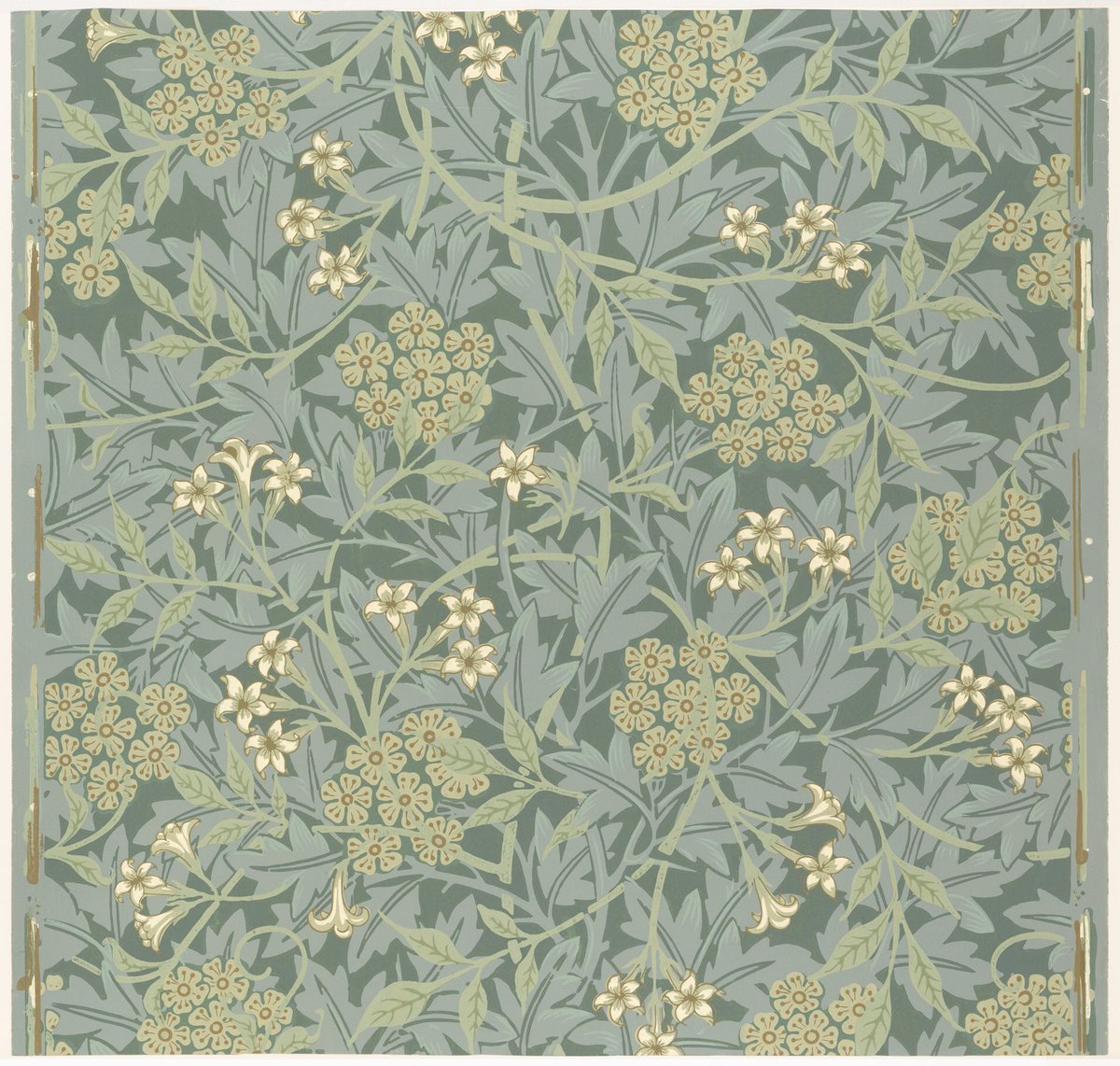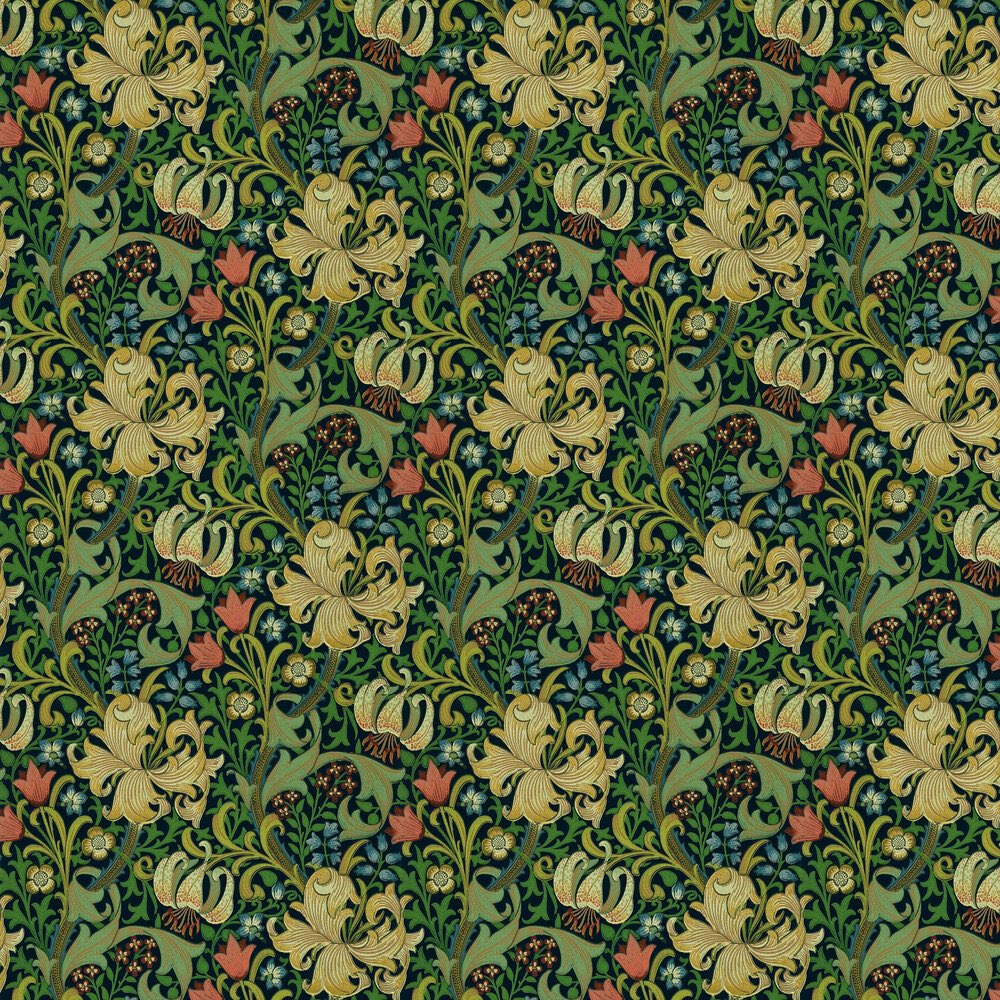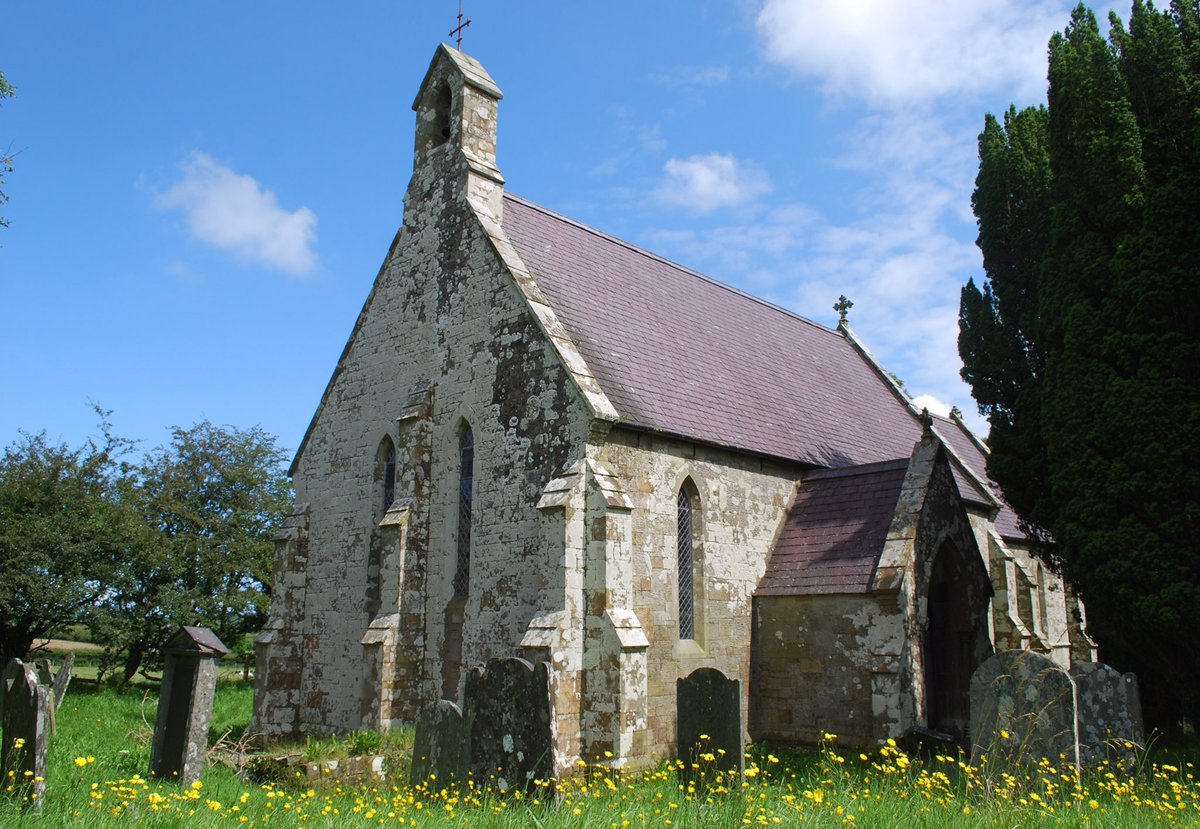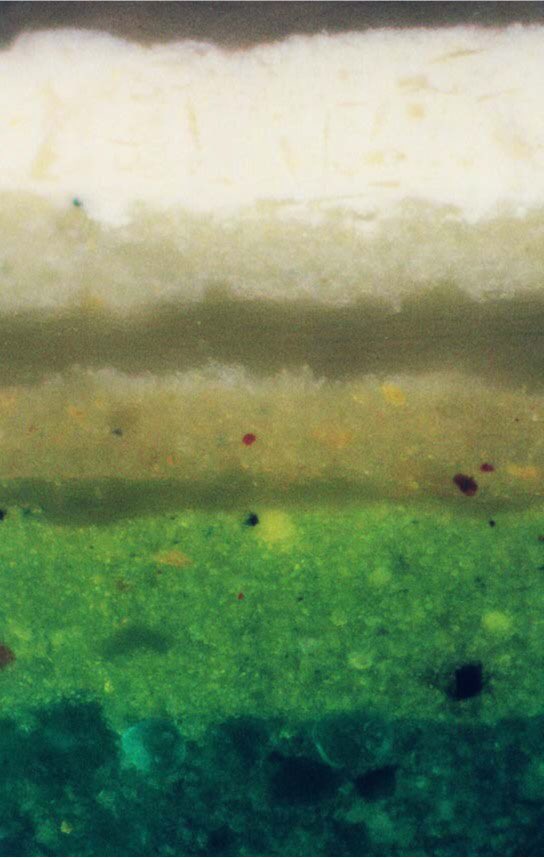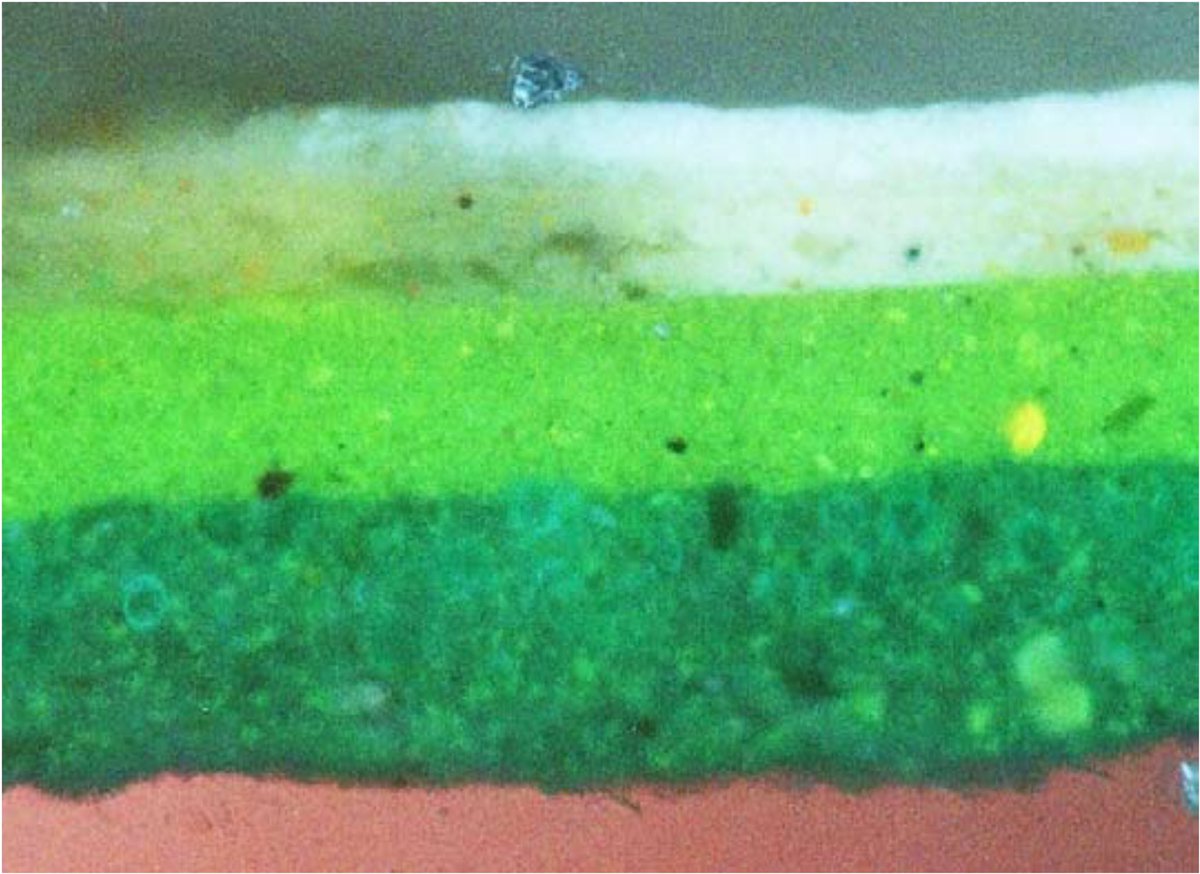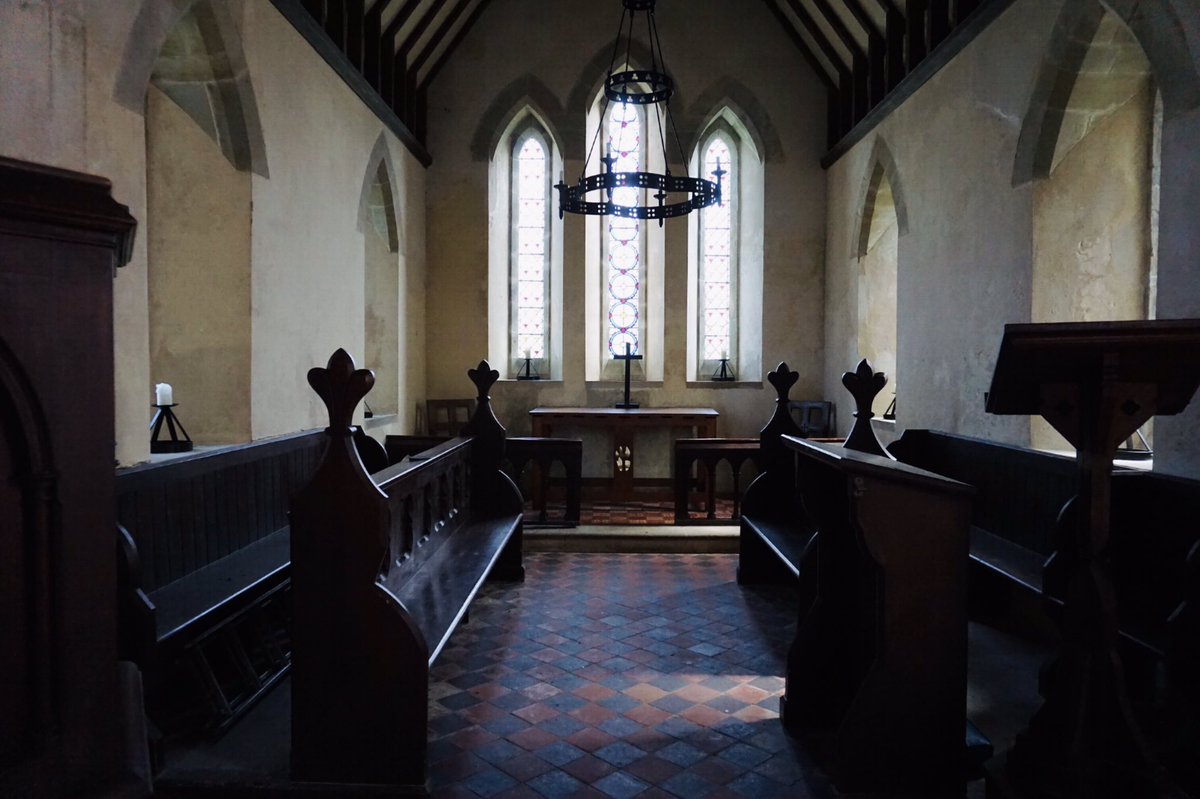The pigment, emerald green, was developed in 1814. The brilliance and depth of colour was like no other. It was massively popular, especially for paints and wallpaper. But there was one small problem: this green was made using arsenic, and so, was extremely poisonous.
#thread
#thread
The arsenic compounds in the dye reacted with moisture in the atmosphere, releasing poisonous vapours, and killing countless people. It took years for the connection to be made, and even longer for the brilliant green to be banned.
2/
2/
An article in the British Medical Journal (1871) reported that a 6” sample of wallpaper with this dye could contain enough arsenic to kill two adults.
But, it wasn’t until the 1880s that William Morris and others stopped using arsenical green in their wallpapers.
3/
But, it wasn’t until the 1880s that William Morris and others stopped using arsenical green in their wallpapers.
3/
To all the world, St Michael’s, Tremain, Ceredigion is a peaceful, lichen-speckled church. But our research of the paint on the chancel walls, revealed this deadly green lurking under the limewash.
4/
4/
Taking a sample from the walls, conservators observed the paint under a microscope. In their photomicrographs, you can see this rich, dark green paint under the layers of lighter green and white.
5/
5/
After a full assessment of the paint and plaster layers, the specialists concluded that the arsenic green, fully covered by later layers of oil paint and limewash was rendered inert, and the building was safe. But we just won’t be sanding down the walls any time soon.
6/
6/
So, it’s all safe in the church now, but obviously, we will monitor the condition of the paint and plaster for any peeling, flaking or failures.

 Read on Twitter
Read on Twitter